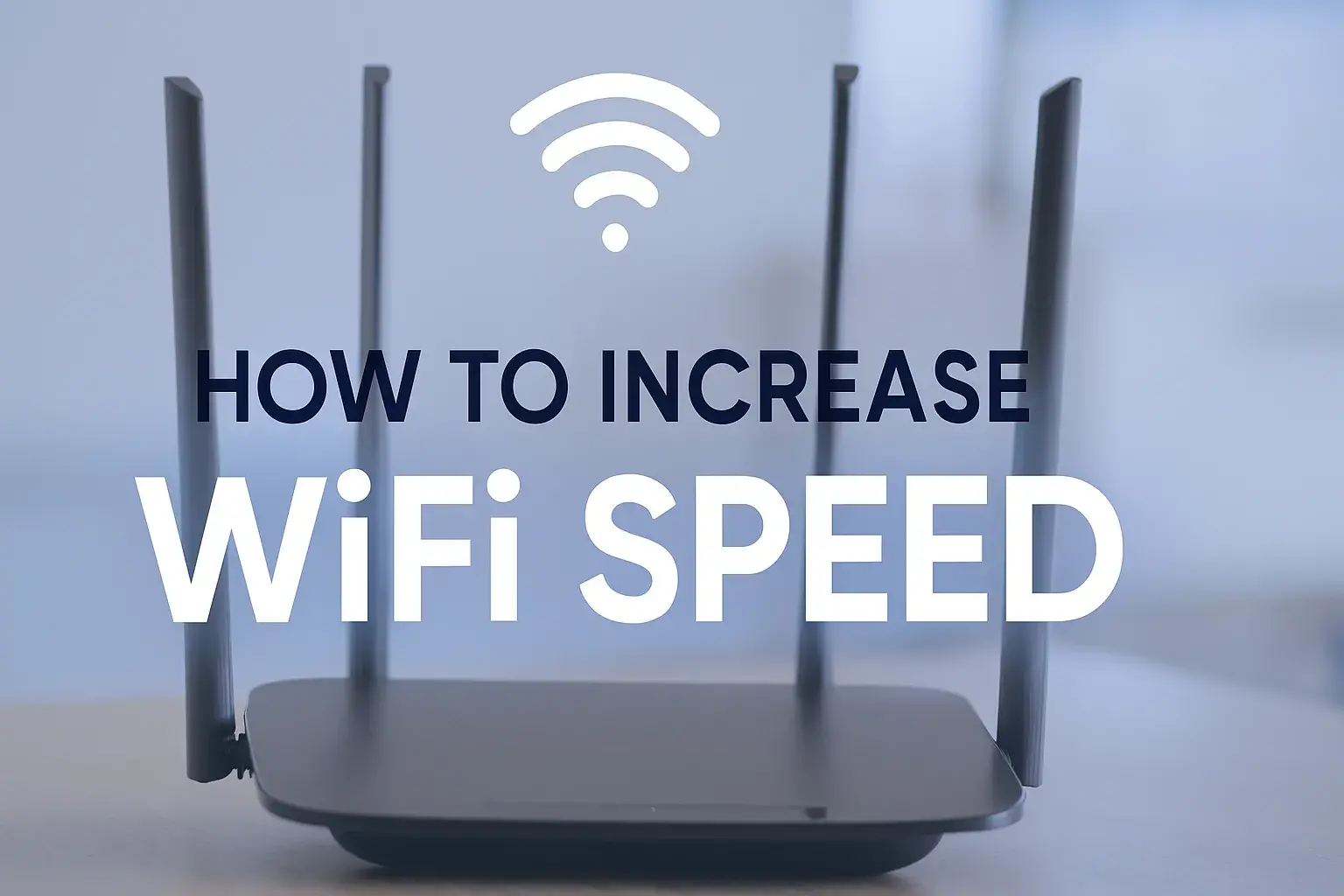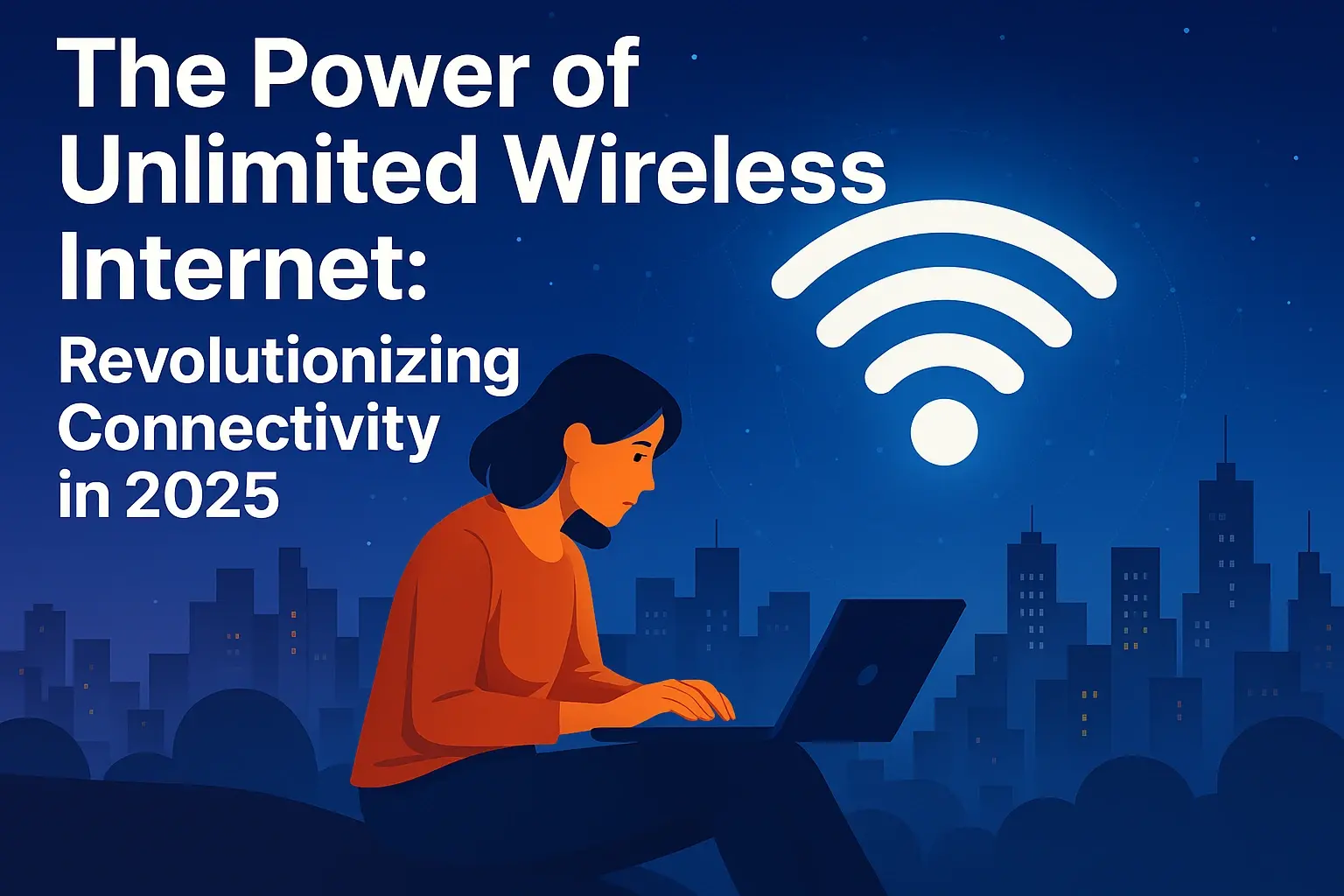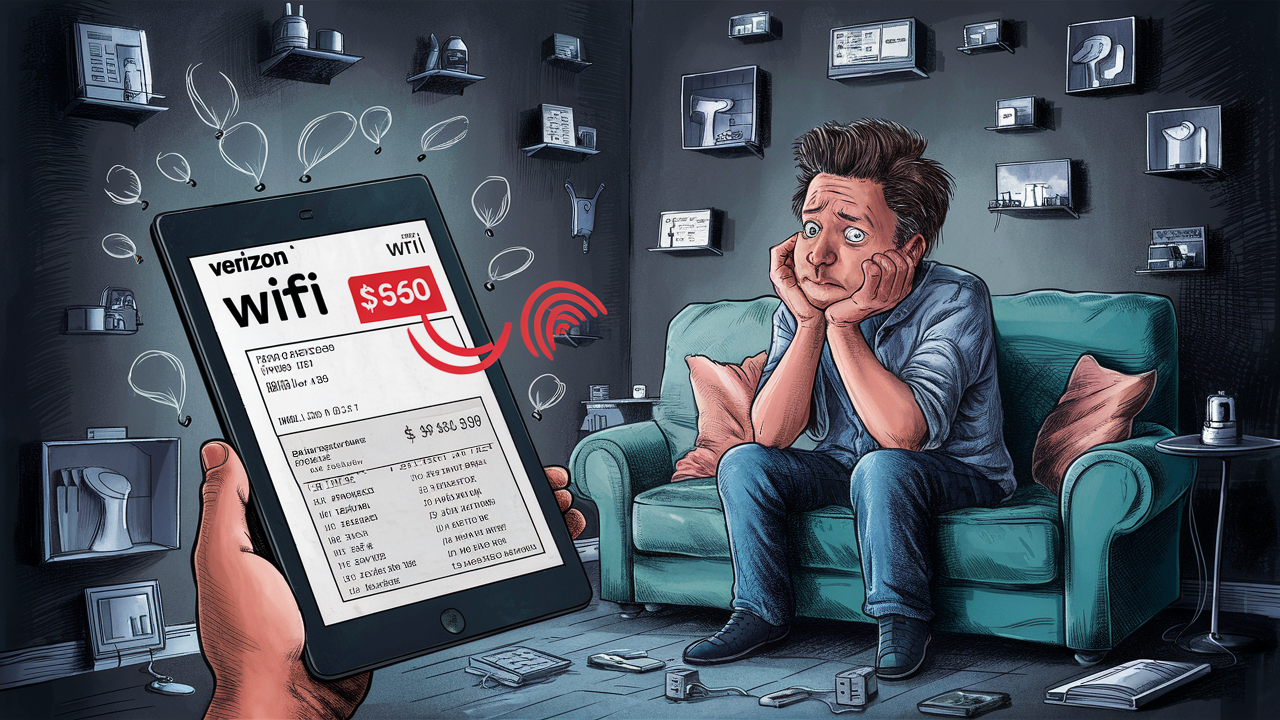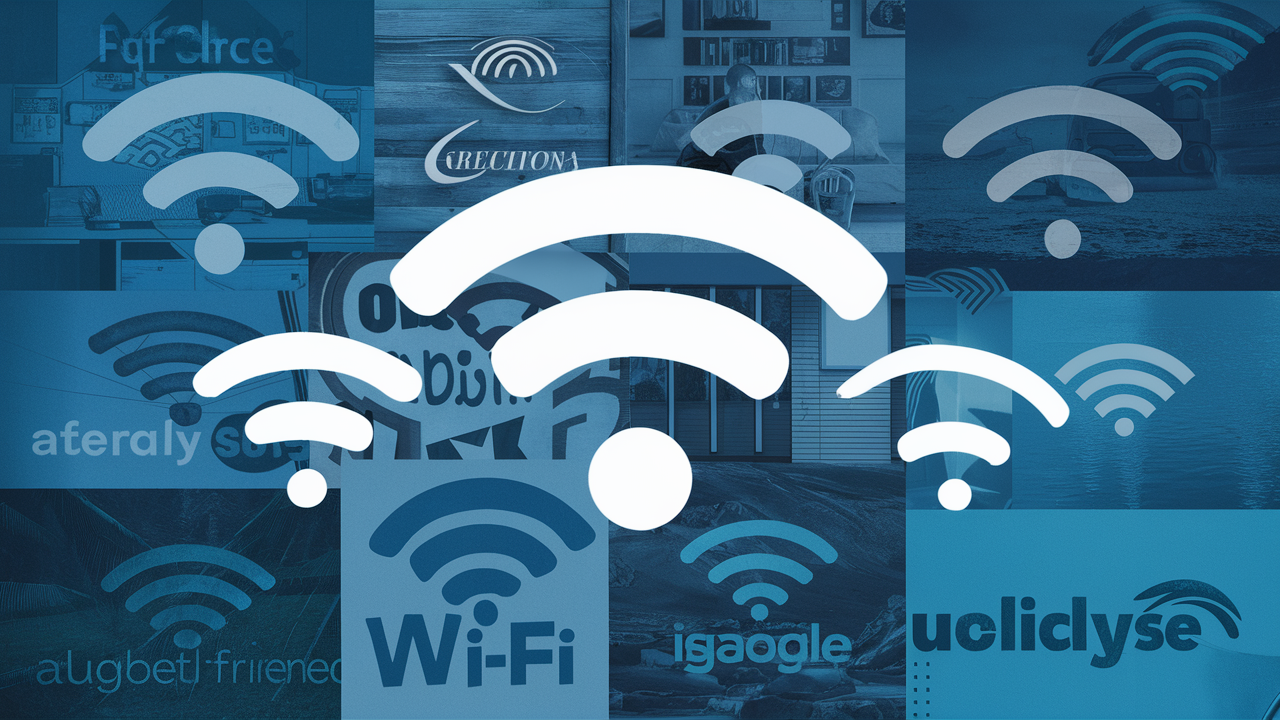Is there a Reason for Wi-Fi not Working?
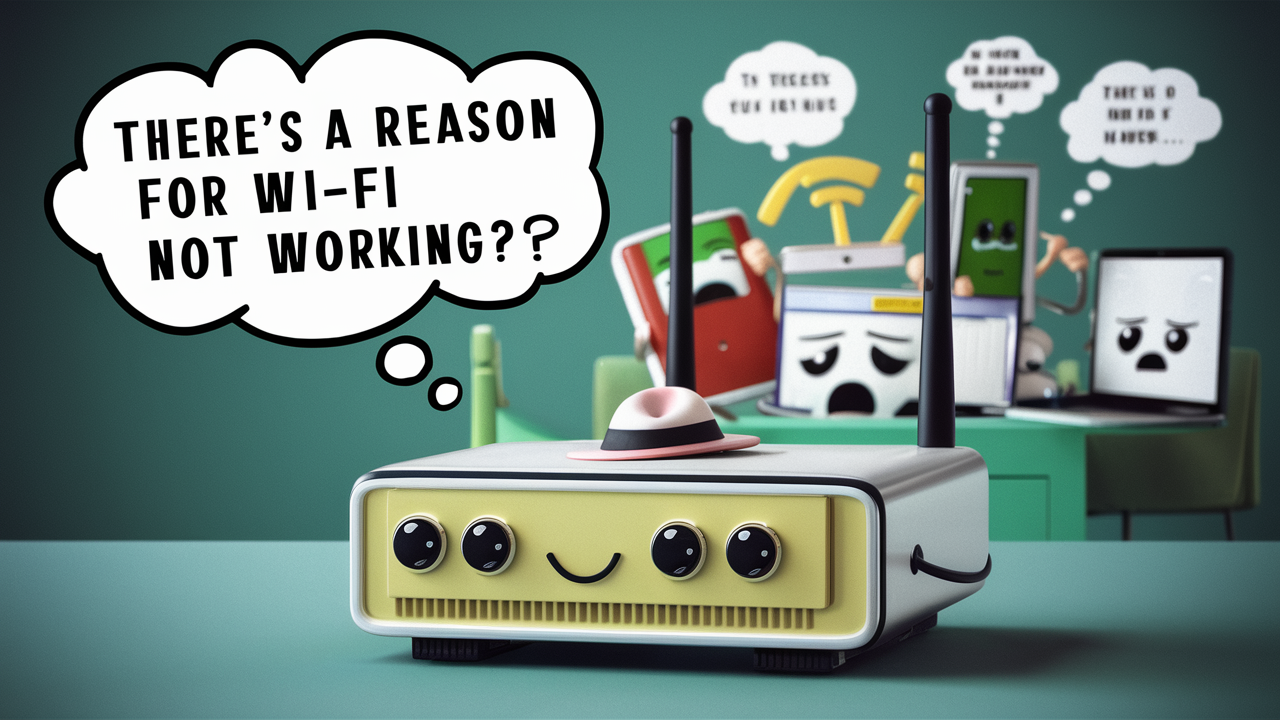
In today’s world, we all connect our devices to Internet service providers via Wi-Fi, which can often be very slow and unstable. Are there specific instances in which your Wi-Fi is not as reliable as it should be and when you need it to be most reliable? Sometimes, there are certain things or factors which become the main causes of Wi-Fi connectivity problems. If your Wi-Fi isn’t working as it should, read on to find out why it is not working and how you can fix the issue.
Outdated Router Firmware
Firmware is software that controls a router’s functions and is available for download with updates from the router’s manufacturer. But, most of the users never bother to change the firmware of their router after setting up a new device. This is mostly because outdated firmware can lead to different issues with Wi-Fi connectivity, reduced speed, or weak signal. It is always advisable to ensure that the firmware of your router is up-to-date and if necessary, initiate its update to help fix Wi-Fi problems.
Interference from Other Devices
Household electronics such as microwave ovens, baby monitors, and cordless phones that use 2.4GHz wireless communication and other devices in the vicinity can obstruct Wi-Fi signals. If you have Wi-Fi difficulties at a specific time or while using specific equipment, then, more than likely, you’re suffering from electronic interference. The issue here is that the router is operating on a channel that is being interfered with by another device – try changing the channel and setting it as far from the frequency that interferes with your connection.
Obstructed Router Placement
Where you place your Wi-Fi router plays a critical role. Some of the effects that prevent Wi-Fi signals from getting through include barriers and obstacles that hinder or reduce the strength of the Wi-Fi signals. To be more precise, any local barriers to the device – thick walls, metal objects, fish tanks, and even furniture – can influence Wi-Fi connection. These include; Ensuring that your router is placed in a central open area so that the wireless signal covers most areas in your house or office. It should not be placed in areas like niches or enclosed balconies and not in the remote corners of the house.
Old Router Hardware
Your router may have an old Wi-Fi chipset and antennas that cannot connect to the new and faster waveforms of Wi-Fi. Its efficiency is also an issue because older models of routers have difficulty managing multiple devices. One of the simplest solutions is to replace your existing router with a newer one as better hardware can help improve Wi-Fi speeds and range.
Incorrect Router Settings
By adjusting settings in your router’s web interface, you may inadvertently create Wi-Fi issues. For instance, when attempting to change the Wi-Fi password, one may enter an incorrect password which denies the user connection access. Some of the common problems include; if one sets the router’s transmission power too low, the Wi-Fi range will be shortened. Erasing all the current settings of your router and installing the router with the new settings may also help in correcting connectivity issues.
Too Many Connected Devices
It is very probable that over the years, the number of appliances that are connected to your home Wi-Fi network at once has grown. Almost all routers used have a certain number of ports that can be easily managed depending on the model. Going beyond the outlined number of connected devices puts pressure on the router’s capability and causes interference with Wi-Fi quality leading to lags, buffers, and choppy connections. Either go for a better router that supports more devices or can minimize connections.
ISP Network Issues
Disruptions on your internet service provider’s network can also affect your Wi-Fi connection because it is a network issue. Wi-Fi complications may stem from DNS server issues, the inability to assign an appropriate DHCP IP address, ISP complications, cable issues, and congestion. If you have reason to believe the issues are emanating from the ISP’s side, then it is advisable to contact their customer service.
Malware Infection
Malicious programs that invade your gadgets such as viruses, spyware, bots, and other malware can disrupt Wi-Fi in different methods such as connectivity and performance as well as security. If you think your computer is infected with malware, do a scan using an antivirus program change all your passwords including your router and devices’ settings, and factory reset your router and devices. By doing this, you ensure that you do not open any content from the internet or emails from any unknown sources to avoid future occurrences of malware.
Location and Range Limits
This range is the best open-air range you can get on your Wi-Fi router by stretching it to the listed range. Interference, obstructions, network congestion, home construction materials, and other such factors can easily reduce this range to a great extent. If your device is located quite away from the router or perhaps if it is separated by several walls that are quite thick, you may find that you get a poor or no Wi-Fi connection at all or one that is irregular. This means that you should either bring your router closer to the device or the device closer to the router so that the connection is enhanced.
Apart from the above-discussed Wi-Fi problems, other issues can occur with the Wi-Fi driver and hardware.
Malfunctioning of the drivers of the network adapter, Wi-Fi antennas, cable, and similar relevant hardware components are some of the major causes causing issues with Wi-Fi on a laptop or a desktop computer. Some of the most typical causes of hardware-related Wi-Fi troubles are old drivers, loose connectors, faulty hardware components, and conflict with other hardware devices. If you are experiencing any issues, you need to update the drivers, check the connections, or inspect antennas, and you may want to replace the Wi-Fi card if the issue is a hardware one.
In conclusion, I have found quite some reasons why you might be experiencing Wi-Fi connectivity problems or slow speeds. Make sure that the router firmware is up to date, that the router is not being interfered with or obstructed, that its connections are not overburdened with too many devices, that there are no hardware problems with the router, and that it is not infected with malware or other issues can help to eliminate some of these sources. The use of a structured troubleshooting methodology in addition to a process of elimination following the steps described above will resolve any Wi-Fi issues you may be experiencing. Periodic home network checks, progressive equipment replacement, and favorable deployment according to the spatial locale can go a long way in preventing future disruptions. Finding out why your Wi-Fi connection is not available makes it possible to reconnect to the internet and the world quickly.
Ready to upgrade your internet experience? Call us now at +1 844-349-7575 to explore the best Cox Internet plans for your needs!
